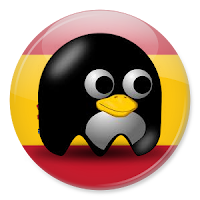Transmission is the bittorrent client included in a lot of GNU/Linux distros.
You only need open a .torrent file and the software add the petition to the queue.
You can run Transmission and work with your computer as usual because this software doesn't cannibalize your computer resources like other bittorrent clients.
Are still anybody than says that GNU/Linux is not easy?


